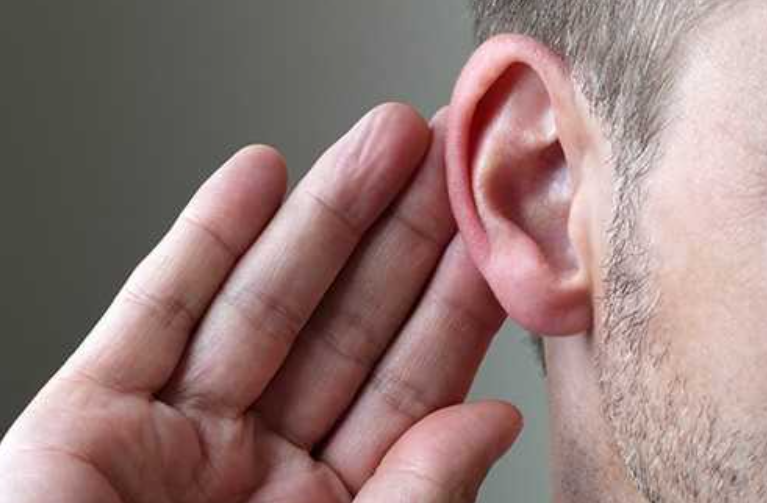
Many people after a cold, ear stuffy, hearing loss, why is this? Clinically, the main reason for these symptoms after a cold is secretory otitis media. Secretory otitis media is a non-suppurative disease of the middle ear with hearing loss and fluid accumulation in the middle ear (including serous fluid, mucus, and plasma-mucus) as its main clinical features.Secretory otitis media can generally be divided into acute secretory otitis media and chronic secretory otitis media. In general, acute secretory otitis media without timely treatment will develop into chronic secretory otitis media. This disease has a high incidence in children and is one of the most common causes of hearing loss in children.
What are the common causes of secretory otitis media?
01 Eustachian tube function obstruction
The Eustachian tube is a tube connecting the middle ear and throat, which has the functions of regulating the air pressure in the middle ear cavity, maintaining the balance with the external air pressure, cleaning (drainage) and defense. It has two openings, one in the anterior wall of the middle ear and the other in the lateral wall of the nasopharynx.
If the ventilation function of the eustachian tube is obstructed, the air in the middle ear can not be supplemented after being absorbed, and negative pressure will gradually form. Due to the influence of negative pressure, the permeability of the vascular wall in the middle ear mucosa increases, the serum leaks out and accumulates in the middle ear, and the middle ear cavity will form a fluid accumulation. The causes of obstruction can be roughly divided into mechanical and non-mechanical two kinds, the eustachian tube mouth mechanical obstruction is the basic cause of secretory otitis media. The common causes of mechanical obstruction include adenoid hypertrophy, chronic sinusitis, nasopharyngeal carcinoma, etc.
02 Infection
Some scholars have carried out bacterial culture on the middle ear effusion, and found that the common pathogenic bacteria are Haemophilus influenzae and streptococcus pneumoniae, etc., in which viruses may also be the main pathogenic microorganisms of the disease.
03 Immune Reaction
What is the clinical manifestation of secretory otitis media?
01 Hearing loss
The disease is more common in winter, and most people have a history of cold before the disease occurs. Some patients have ear pain, hearing loss, can be accompanied by enhanced sense of self-hearing. Children generally have no complaints of hearing loss, but parents often say that children ignore their calls, and the volume of children's TV is relatively loud.
02 Earache
At the beginning of the disease, some patients have ear pain, the degree of pain is different. Most patients will be severe ear pain and attend the emergency department at night. Chronic patients generally do not have earache.
03 Ear congestion
Ear distension and ear blockage are common complaints.
04 Tinnitus
A small number of patients have tinnitus, tinnitus degrees vary, generally intermittent tinnitus, tinnitus is "crackling" sound, "boom" sound or "buzz" sound. In some patients, the sound of breath passing through water may occur.
How to diagnose secretory otitis media
The diagnosis of secretory otitis media can be based on the patient's clinical manifestations (earache, hearing loss and ear tightness, etc.), ear physical examination (tympanic congestion, insinuation or effusion signs), and hearing test (conductive deafness signs).
Treatment of secretory otitis media
First of all, the treatment principle of this disease is to remove the middle ear effusion, improve the eustachian tube ventilation, drainage function, and etiology treatment and other comprehensive treatment. Currently, the following treatment options are available.
- Non-surgical treatment:
(1) Drug treatment
In the acute phase, antibiotics can be taken orally, but should not be used for too long. Nasal spray can be used when nasal congestion is present.
(2) Eustachian tube blowing can be used to promote drainage of fluid in the middle ear cavity.
- Surgical treatment:
(1) tympanocentesis
Generally used for adults.
(2) Myringotomy or catheterization.
- Etiological treatment:
Adenoidectomy should be performed in patients with recurrent secretory otitis media and adenoid hypertrophy, causing nasal congestion and snoring. Frequent occurrence of upper respiratory tract infection, and repeated onset of secretory otitis media can be performed tonsillectomy.

